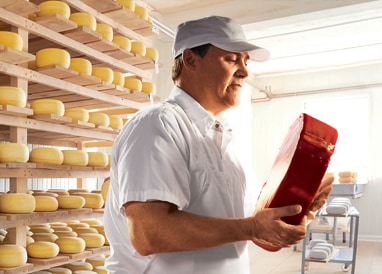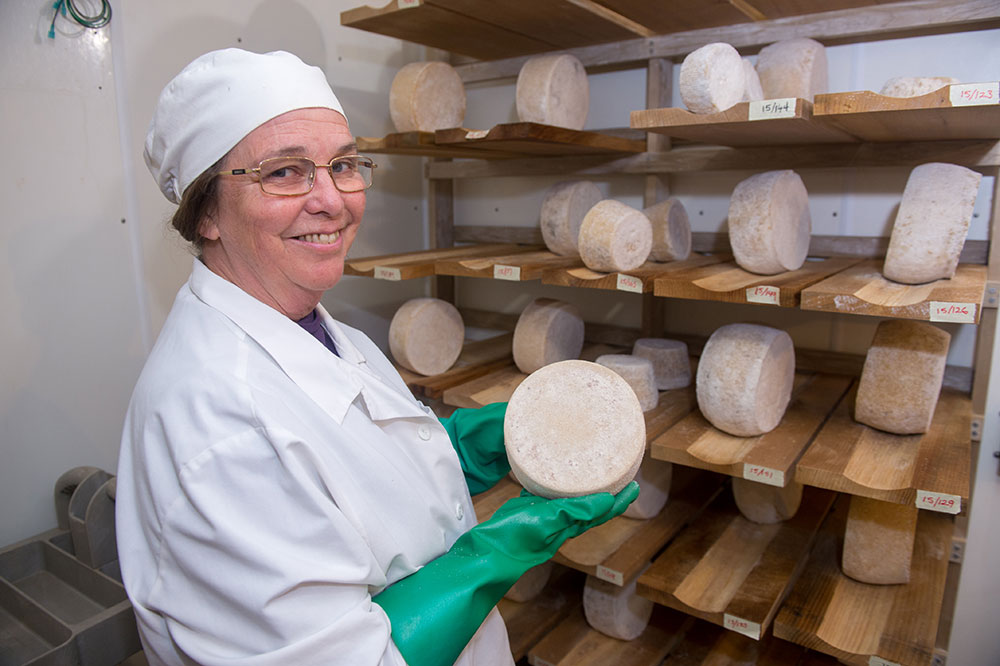The Very Best of Melbourne Made Cheese: Floridia Cheese Melbourne's Distinct Offerings
The Very Best of Melbourne Made Cheese: Floridia Cheese Melbourne's Distinct Offerings
Blog Article
Opening the Secrets of Artisanal Cheese Making: A Step-by-Step DIY Overview
In the realm of cooking workmanship, artisanal cheese making stands as a testimony to the fragile balance between practice and innovation. As we get started on this trip to demystify the art of creating beautiful cheeses, we are encountered with a tapestry of secrets and skills waiting to be unraveled.
Choosing the Right Milk
When beginning on the journey of artisanal cheese production, the choice of milk plays a critical duty in identifying the high quality and qualities of the final product. The kind of milk picked affects the taste, structure, and in general profile of the cheese.
In addition, the source of the milk, whether from cows, goats, sheep, or buffalo, contributes distinctive tastes and characteristics to the cheese. Each type of milk brings its very own subtleties, allowing for a broad variety of cheese selections to be crafted based on the chosen milk.
Culturing and Coagulating
To start the cheese-making procedure, the crucial steps of culturing and coagulating should be very carefully implemented to transform milk into curds and whey. Culturing includes presenting helpful microorganisms to the milk, which after that starts the fermentation process. These microorganisms convert lactose (milk sugar) into lactic acid, developing the acidic environment needed for coagulation. The kind of culture utilized can dramatically impact the flavor, appearance, and ripening of the last cheese item.

The timing and temperature control throughout culturing and coagulation are vital elements that influence the last result of the cheese. Correct execution of these steps is essential to make certain the preferred structure, taste, and consistency of the artisanal cheese being produced.
Draining Pipes and Pressing Curds
After the milk proteins have actually coagulated and the curds have been cut to launch whey, the following important step in artisanal cheese making entails draining and pressing the curds to attain the preferred appearance and uniformity of the final cheese item. Draining is the process of dividing the curds from the whey. This can be done by transferring the curds into a cheesecloth-lined bowl-shaped sieve or mold and enabling the whey to drain pipes off naturally. The moment for draining can vary depending upon the type of cheese being made and the desired dampness web content.
Pushing aids eliminate any kind of continuing to be whey and compacts the curds to create a solid cheese wheel. Correct draining and pressing are essential steps that substantially influence the top quality and features of the artisanal cheese being generated.
Aging and Flavor Techniques
Executing thorough aging and flavor techniques is critical in improving the depth and complexity of artisanal cheeses, raising their preference profiles to splendid levels of refinement and elegance. Aging plays a vital function in developing the unique tastes and structures that distinguish artisanal cheeses. During the aging procedure, cheeses are kept in very carefully managed environments where factors such as temperature level, moisture, and air flow are adjusted to motivate the growth of beneficial mold and mildews and microorganisms. This controlled environment allows the cheese to grow gradually, developing abundant tastes and complicated aromas.
Seasoning techniques likewise add significantly to the final taste of artisanal cheeses. Cheesemakers might pick to introduce extra tastes by including ingredients such as herbs, flavors, and even fruits into the cheese during the manufacturing procedure. In addition, some cheeses are washed or scrubed with numerous fluids, such as brine or alcohol, to enhance their appearances and tastes.
Wrapping and Storing Cheeses

Verdict
In verdict, understanding the art of artisanal cheese making entails carefully picking the best milk, following precise culturing and coagulating processes, draining pipes and pushing curds effectively, and using various aging and flavor strategies. Keep in mind to cover and store your cheeses appropriately to make certain optimum taste and texture development.
Each type of milk brings its own nuances, allowing for a get more wide range of cheese varieties to be crafted based on the chosen milk.After the milk proteins have coagulated and the curds have been reduced to launch whey, the following crucial step in artisanal cheese making involves draining pipes and pushing the curds to achieve the wanted appearance and uniformity of the last cheese item. Many cheeses must be wrapped in wax paper or cheese paper to enable them to breathe while safeguarding them from drying out. For cheeses that need to continue aging, such as bloomy peels or cleaned peels, guarantee they are kept in an amazing atmosphere like a cheese cave or a refrigerator established to the ideal temperature level. By paying interest to the wrapping and storage of artisanal cheeses, cheese makers and fanatics can maintain the stability of these delicacies check here and totally appreciate their intricate tastes.
Report this page